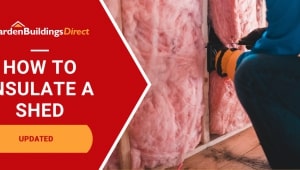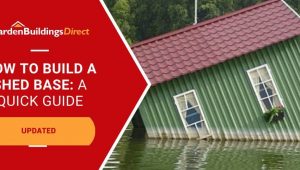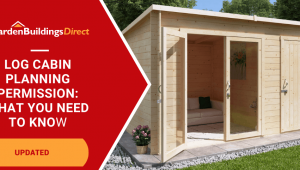Jump to:
Wondering how to keep your summer house cool during hot weather? Garden buildings can heat up quickly under the sun, making them less enjoyable when you need them most. The good news is, with a few easy adjustments—like improving airflow, adding insulation, or choosing the right spot—you can keep your summer house comfortable all season long. This guide covers practical tips to help you stay cool and make the most of your space.
This guide is also useful if you’re still exploring whether to buy a summer house.
Choose a Good Spot to Keep Your Summer House Cool
At least one area of your garden should be free from full afternoon sun, and that’s where you’d want to place it. This could be trees, hedges or a tall fence. They help block the heat instead of letting it directly on the walls and roofs.
If that won’t work, your best bet is to face the front of the structure away from the sun. Take note of where the sun hits your outdoor space throughout the day to understand how light and heat move. Consider the window placements, too. When you want your summerhouse to function as a shaded shelter, you don’t want the sun to be blazing straight in.
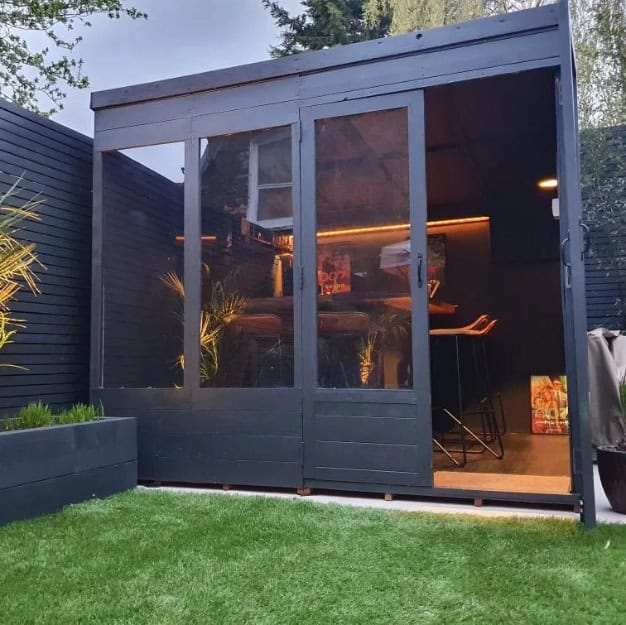
For instance, if it’s like our BillyOh Bella with front-facing windows, facing north is ideal. The sun’s intensity is likely lower during peak heat hours in this direction.
If the windows wrap around two sides, giving you a panoramic view, utilise natural shade. Alternatively, you can install a shade sail over the front to cover from the sun.
Tip: The Sun Earth Tools shows the sun’s movement during the given day at the given location. You may use this user-friendly app for convenience.
Ventilate to Let Hot Air Escape
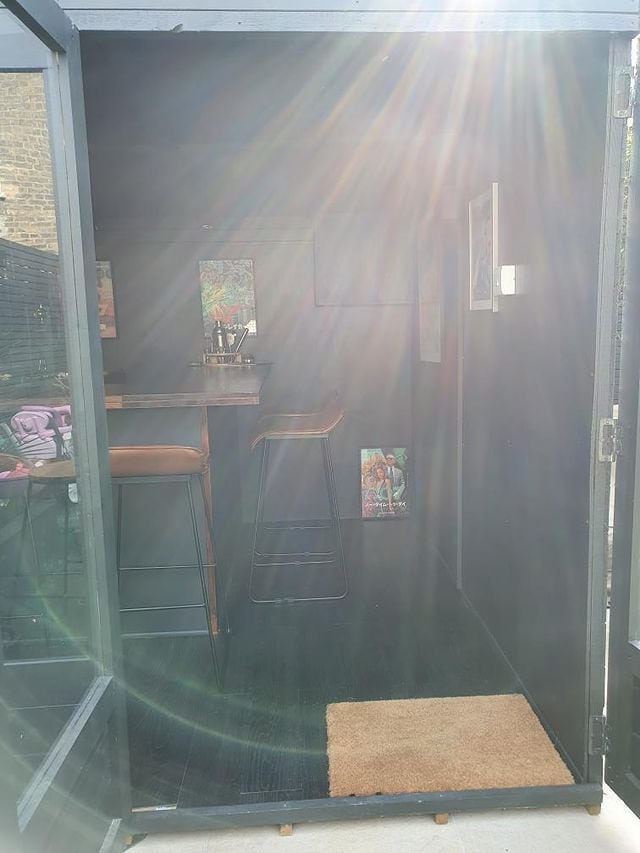
One of the easiest ways to do this is to open the windows. This creates a nice breeze, letting cooler air in while letting the hot air out. If you can, open them on opposite sides to get a better flow of air.
If the glass panels are built-in and can’t be opened, use the doors. Slightly open them—or fully if you can hang a mesh screen (or something similar) to keep bugs out of your summer house.
You can always add a few vents if there’s not enough breeze. These can go on the walls or the roof. Or, if needed, a small fan near an open window will give the air a helping hand, especially when the wind isn’t up.
Note: Did you know that good ventilation can save you money on cooling devices and stop damp in summer house?
Insulate the Roof and Walls
Insulating is another easy and cost-effective way to keep your summer house cool. Foil-backed insulation, for one, is a great option, and it’s also affordable. Most summerhouses are unlined and therefore have spaces between the wall supports where insulation can be added.
It has reflective foil on at least one side and is made from aluminium or aluminised polyester. The foil layer reflects heat and prevents it from moving to the other side of the material.
Attach the insulation to the underside of the beams with nails or adhesives. You may also add a layer of breathable felt membrane over the top for extra protection.
For the walls, place the foil-backed insulation between the studs. You can fix the insulation directly onto the timber walls if there’s no framing. Then cover it with a vapour barrier or plasterboard for a clean finish.
Tip: Thicker insulation provides more heat resistance. Choose boards of varying thickness, depending on the level of insulation you need.
Read our more extensive guide: Summer House Insulation Instructions
FAQ
How do I keep my summer house warm in winter?
Insulation is a great start—it’s not just handy during the summer but, in fact, useful year-round. Solar-powered heating is excellent as it can be cost-effective in the long run. Though there might be problems during those darker winter days.
How long will a summer house last?
A well-maintained summer house can last 20 to 30 years or more. You can read our guide next to learn more: Summer House Maintenance Tips
